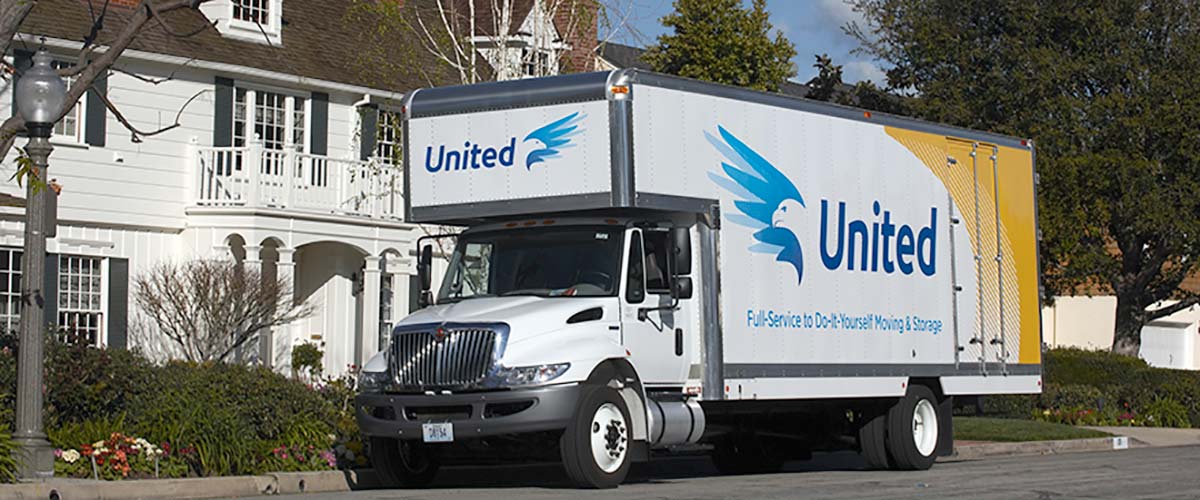Any move is stressful for those involved. Often, office moves involve many employees, magnifying the stress. To keep the pressure manageable and to ensure you retain top talent, human resource professionals should play a vital role in all stages of the move, from planning to settling in at the new location.
Planning
If additional or fewer employees are needed at the new site than the current one, the company should develop a plan to hire or reduce staff. HR leaders will also determine how to handle the separation of those employees not invited to move or choose not to do so, including severance packages.
For those who are relocating, HR will determine whether the new location has a different cost of living than the old one and how to adjust salary to accommodate it. Paying for moving expenses for relocating employees is a short-term hit on the company’s budget but pays rewards in employee productivity retention.
Companies should articulate the reasons for the move clearly to employees. They also will be careful to provide facts about the new location while dispelling myths so that employees can make an informed decision about relocating. Providing information about the quality of life in the new city for long-distance moves or new commuting routes for shorter moves may help deal with reluctance to relocate.
During this period, the company also should provide space for employees to air their views about their new location. When possible, HR might help employees find housing, child care, jobs for spouses, and other services in the new place.
During the Move
Employees often become anxious during the moving process about whether their files, computers, and favorite ergonomic chair will make it to the right place. Providing a calming presence and providing immediate help when issues arise will help ease anxiety.
Settling In
Employees will require several weeks to settle into the new environment, mostly if the move is long-distance. Providing orientations of the new facilities and information packets about the new office area, including good lunch spots, child care facilities, and gyms will help.
Suppose the move is a long-distance one and new employees are to be hired. In that case, HR specialists will participate in recruiting and hiring, and bridging local cultural differences.
Family picnics and other types of mixers might be scheduled to enable the hires from the new location and those who relocated to get to know each other better. Company culture may slowly evolve to match that of the new area. Long-term employees may feel anxious about this change, as well. By continually supporting employees, companies will reap productivity benefits over the long term.
Office Moving
Planning an office move is overwhelming. From disassembling to reassembling your office furniture and equipment to ensure everything is up and functioning in the new space — endless steps are involved. Any delays in the moving process can cost your company money. It’s essential to select the right office movers for your move. Contact us today for a quote. We can help reduce the stress.

